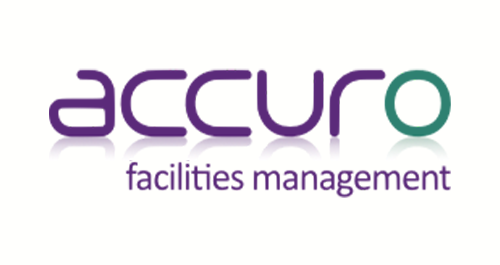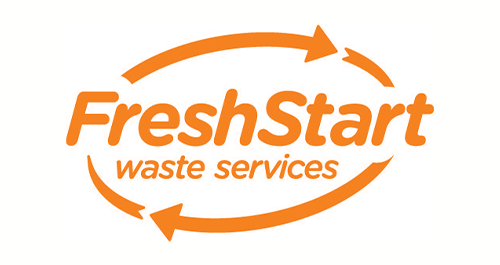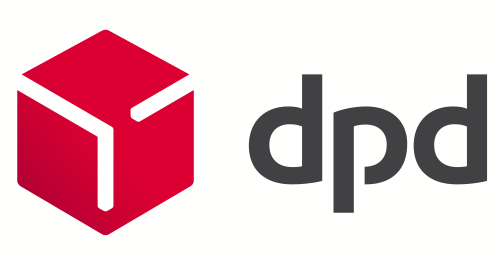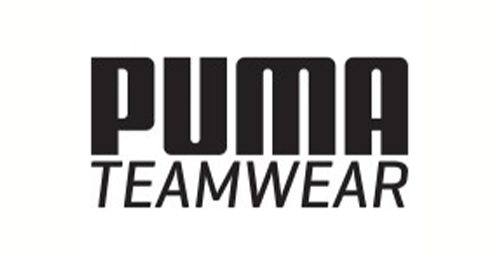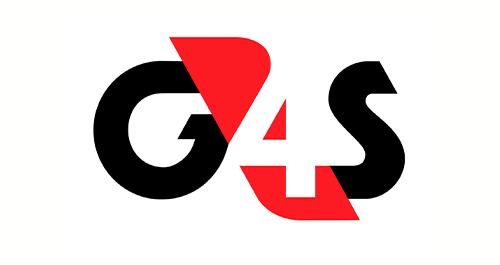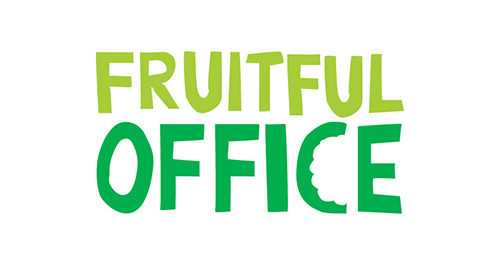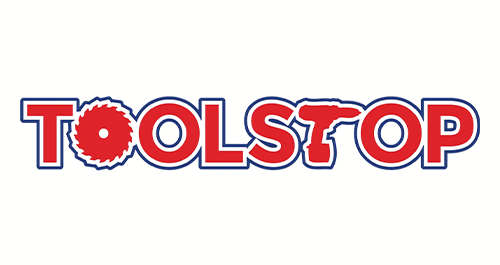Innovation. What’s the big idea?
Blog by Andy | Posted on Thursday May 12 2022
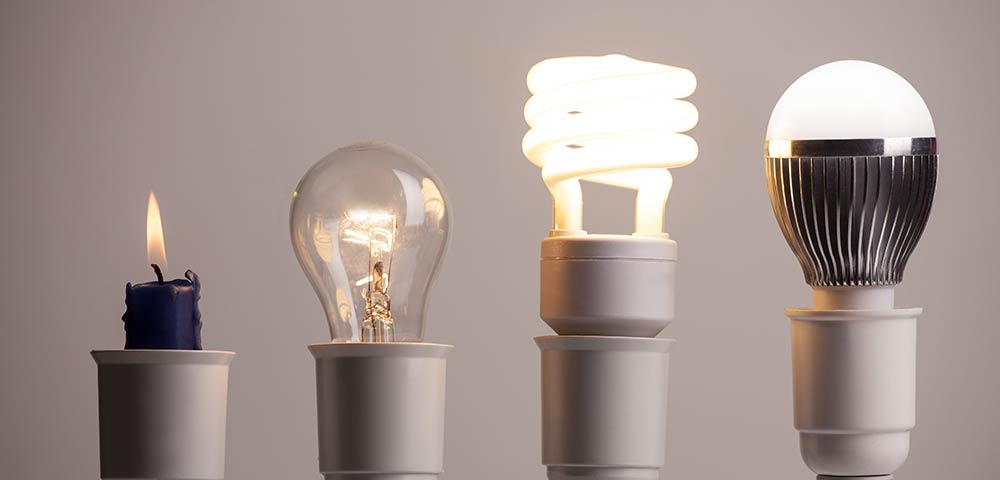
Product design is one of those disciplines that affects all our lives, but goes largely unnoticed by the majority of users.
That’s because good product design (and most branches of design, for that matter) should be invisible.
We buy and encounter products every day that have been conceived, developed, designed, prototyped and manufactured. But we seldom consider all the work that has gone into an item’s creation. If a product is designed well, we should be able to use it with the minimum of thought and effort. The better and more thorough the work of the designer and developer of a product, the less we should notice what they’ve done.
The fly in the ointment
The times we do notice design is when it’s bad. When something we expect to work doesn’t. Or when a key feature that seems obvious is missing. Sometimes this can be because the item in question hasn’t been designed well. Much of the time it’s because the creator hasn’t considered (or been aware of) some of the applications or environments in which their product will be used.
Planned parenthood

But this is what drives invention. Those annoying little missing features – sometimes even the missing items – are what inspire people to create new and improved versions of the things we use. If necessity is the mother of invention, annoyance certainly fuels procreation.
For example, inventor and Big Breakfast regular Trevor Baylis found out that although there were radio broadcasts that were vital for delivering information to remote parts of Africa, very few people had access to electricity to power radio devices to listen to them. His solution became world famous: use a clockwork mechanism to allow people to wind up their radio to drive a small generator that would run it and allow them to tune into the broadcasts. The radios were cheap to produce and distribute and provided a much-needed solution to a problem that affected huge numbers of people.

The problem with coffee pods
I’ll give you another example, too: like a lot of people, I drink a lot of coffee and I’ve opted for a coffee machine that uses ‘pods’ to make decent coffee at home. I refuse to buy the plastic pods that might be recyclable, (but probably won’t be recycled). Instead, I buy aluminium pods that can be sent to the recycling centre and easily recycled. But it was irritating to me that they were difficult to empty of coffee grounds. They need to be convenient to recycle. You have to scrape away the foil, empty out the coffee and rinse each one. And I go through a lot of them. It’s an expensive habit.
Then I found an innovative solution from Dualit: the Ecopress Aluminium Capsule Recycler. It’s a simple manual device that quickly turns the pods inside out, collecting the coffee grounds for composting and leaving the empty pods easy to collect and squash together to make a decent lump of aluminium for the recycling bin. Genius. And strangely satisfying to use.
Dodgy offspring
Product innovation is an iterative process, though. Like the evolution of species, there’s a lot of trial and error. Missing links, if you like. Failed experiments are strewn along the path to the perfect product. And you’ll never reach the end of that path because there’s no such thing as the perfect product. Well, perhaps Cadbury’s Crunchie bars. But that’s just me.
We at Idency we spend a lot of our time both testing the products and solutions we work with and talking to the people who use them. Our customers work in all kinds of industries and locations. And we know that not every product or service works for them.
So we innovate

We trialled the Anviz FaceDeep 5 and FaceDeep 5 IRT facial recognition terminals in our own testing lab. And we also spoke to some of our customers who had bought them. When you mount them on a solid surface, it can be tricky. The cables come directly out of the back of the unit. They’re designed to go through the surface on which they’re mounted, or need to be ‘chased’ into the wall to conceal the wires.

Some customers also need their devices placed in a convenient corner for Access Control and/or Time & Attendance.
Our product team worked with Anviz to design sturdy and durable aluminium wall mounts. Using these mounts, you can install the units in a convenient location on a solid wall, with channelling for the power and communication cables neatly tucked behind. The Rectangular Wall Mount secures to a flat wall, and the triangular Corner Mount tucks conveniently into a corner to keep the device accessible in an otherwise awkward location.
The Idency suite
Talking to our customers has also led to the creation of many of our Idency-branded products and services, too. A need for simple, secure full system backups to the cloud led us to create Idency Backups. Like many customers, you probably feel unsure about your organisation’s security and where you’re vulnerable. You can use Idency Audit to help you find out. Idency Audit uses a series of tests that identify weaknesses exploited by hackers.
And sometimes there are missing data links between our Time & Attendance clocking in devices and some of the systems with which our customers use them. Like HR applications and Payroll systems. This led us to develop Idency AllTime, that allows the syncing of data between devices and software.

At Idency, we’re always on that path to perfection, constantly striving to make the solutions we provide so good you don’t have to think about using them. So if you have any issues with any of the products or services we provide, don’t be afraid to let us know about them! We’ll keep thinking, testing and innovating to get ever closer to that perfect solution. And thinking about it, the odd nice cup of coffee does help.
Andy






















